
Potentiometers in Flight Control Systems
Global electronic component supplier ERSAELECTRONICS: Rich inventory for one-stop shopping. Inquire easily, and receive fast, customized solutions and quotes.
What is A Potentiometer?

A potentiometer in electronics is also known as a variable resistor or a rheostat. It is an electronic component that allows for the adjustment of electrical resistance within a circuit manually. It consists of a resistive element and a movable contact that can be adjusted to vary the resistance. The resistive element is typically a coiled wire or a carbon-based material with a uniform resistance along its length.
The basic principle of a potentiometer is to divide a voltage or current into two parts by adjusting the position of the movable contact along the resistive element. As the contact moves, it taps into different sections of the resistive element, effectively changing the length of the resistive path. This alteration in the resistance value affects the voltage or current flowing through the circuit.
One common application of potentiometers is voltage division. By connecting the two outer terminals of the potentiometer across a voltage source, and the movable contact to a load, the output voltage across the load can be adjusted by rotating or sliding the knob or lever. This functionality is frequently used in audio systems to control volume levels. Turning the knob clockwise increases the resistance and reduces the output voltage, while turning it counterclockwise decreases the resistance, resulting in a higher output voltage.
Potentiometers also find applications in sensing and measurement. By utilizing the change in resistance, potentiometers can be used as position sensors or variable resistive sensors. For example, in a linear potentiometer, the movable contact slides along the length of the resistive element, providing a variable voltage output corresponding to its position. This feature makes potentiometers suitable for measuring physical quantities, such as position, angle, pressure, or temperature.
Calibration and tuning are additional areas where potentiometers are employed. In these scenarios, potentiometers are used to adjust or fine-tune electrical circuits or devices to specific values or desired performance. By adjusting the potentiometer, the desired output or behavior can be achieved, ensuring accuracy and precision.
Potentiometers can be used in control systems to provide user-adjustable settings or feedback. By connecting a potentiometer to control elements such as transistors, amplifiers, or motor controllers, the user can manually adjust parameters like brightness, speed, or gain. The potentiometer acts as a control input, allowing the user to modify these parameters in real time.
Potentiometer Symbol, Pinout, and Wiring
Potentiometer Symbol
The potentiometer symbol is a graphical representation used in circuit diagrams to represent a potentiometer, which is an electronic component used to vary the resistance in a circuit. The symbol typically consists of a resistor-like shape with an arrow or a wiper attached to it. The resistor shape represents the fixed resistive element of the potentiometer, while the arrow or wiper indicates the adjustable contact that can be moved along the resistor to change the resistance value. Below I present a potentiometer diagram to help you understand what I have mentioned above:

Potentiometer Pinout
The potentiometer pinout refers to the arrangement and labeling of the pins or terminals on the potentiometer, which are used for connecting it to a circuit. Typically, a potentiometer has three pins or terminals. The first pin, often labeled as "1" or "CCW" (counterclockwise), is connected to one end of the resistive element. The second pin, labeled as "2" or "wiper," is connected to the movable contact or wiper. This pin is the point where the resistance can be varied by moving the wiper along the resistive element. The third pin, labeled as "3" or "CW" (clockwise), is connected to the other end of the resistive element.
The potentiometer pinout may also include additional pins or terminals depending on the specific type or configuration of the potentiometer. For example, some potentiometers may have a fourth pin that serves as a center tap, allowing for a more precise control of the resistance. This center tap pin is typically labeled as "CT" or "C" and is connected to a point along the resistive element that divides it into two halves.
In some cases, potentiometers may have more than three pins, especially if they have multiple resistive elements or additional features such as switches. These additional pins are usually labeled accordingly to indicate their specific functions.
Understanding the pinout is crucial for correctly connecting the potentiometer to the circuit and utilizing its variable resistance capabilities effectively.
Potentiometer Wiring
Potentiometer wiring refers to the process of connecting a potentiometer to a circuit to utilize its variable resistance capabilities. The wiring configuration will depend on the specific circuit requirements and the desired functionality of the potentiometer.
To wire a potentiometer, you will typically need to identify and connect the three pins or terminals of the potentiometer. The first and third pins are connected to the ends of the resistive element, while the second pin is connected to the movable contact or wiper. The specific wiring connections will vary depending on the circuit design and the intended use of the potentiometer.
One common wiring configuration is to use the potentiometer as a voltage divider. In this setup, one end of the resistive element is connected to the positive voltage supply, while the other end is connected to the ground or negative terminal. The wiper pin is then connected to the desired point in the circuit where the variable resistance is required. By adjusting the position of the wiper along the resistive element, the resistance and voltage output at the wiper pin can be varied.
Another common wiring configuration is to use the potentiometer as a variable resistor. In this setup, the first and third pins of the potentiometer are connected to the circuit, effectively replacing a fixed resistor. The wiper pin is left unconnected or connected to one of the other pins to create a fixed resistance value. By adjusting the position of the wiper, the resistance between the first and third pins can be varied, allowing for precise control over the resistance in the circuit.
It is important to note that the specific wiring configuration may vary depending on the potentiometer's pinout and the circuit requirements. It is recommended to consult the datasheet or documentation of the potentiometer to ensure the correct wiring connections.
Additionally, potentiometers may have additional pins or terminals for features such as center taps or switches. These additional pins will require specific wiring connections based on their intended functionality.
Types of Potentiometers
Potentiometers are available in a range of sizes and shapes, each appropriate for a particular need. The most prevalent kinds are broken down as follows:
Based on Rotation:
Rotary Potentiometer: the rotary type. A wiper contact is moved across a resistive track by turning the knob, which modifies the resistance. These are frequently utilized for joystick position sensing, brightness adjustment, and volume control.
Trimmer Potentiometer: Usually used for circuit fine-tuning, this tiny potentiometer has many turns. Frequently modified with a screwdriver, they are not designed for repeated adjustments.
Based on Construction:
Wirewound Potentiometer: A resistive wire that has been wound around a form is used in wire-wound potentiometers. They can handle large amounts of electricity and are appropriate for high-current applications.
Carbon Composition Potentiometer: Compared to other types, these are more expensive but have lower power ratings and greater noise levels since they are made of a mixture of carbon compounds.
Cermet Potentiometer: A combination of metal and ceramic components that provides superior power handling, stability, and noise reduction than carbon composition varieties.
Conductive Plastic Potentiometer: A plastic track that has been impregnated with conductive components is utilized in the Conductive Plastic Potentiometer. They have a long lifespan, smooth operation, and exceptional wear resistance.
Other Variations:
Multi-turn Potentiometer: These rotary potentiometers enable more accurate adjustments because it takes several turns of the knob to fully change the resistance.
Slide Potentiometer: A slide potentiometer is calibrated by moving a contact along a resistive track that is linear. These are frequently utilized for graphic equalizer controls or faders on audio mixers.
Digital Potentiometer: A potentiometer with electronic control that modifies resistance using digital impulses. These are less prevalent than classic mechanical versions, yet they provide advantages including improved precision and remote control.
The needed resistance range, power handling, precision, noise level, and preferred form factor (rotary, slide, etc.) all play a role in the potentiometer type selection.
Are Potentiometers Polarized?
Many of us may be confused about this question, and the answer is NO. They are not polarized components. Unlike polarized components such as capacitors or diodes, potentiometers do not have a specific polarity or direction of operation. They can be used in circuits regardless of the direction of current flow.
Potentiometers are passive components that rely on the movement of a wiper along a resistive strip to change the resistance value. The resistive strip is typically made of a resistive material, such as carbon or conductive plastic, which does not have any inherent polarity. The wiper, connected to a movable arm or knob, can move freely along the resistive strip in either direction.
When a voltage is applied across the two ends of the resistive strip, the wiper can be adjusted to make contact with different points along the strip, effectively changing the resistance. This change in resistance is independent of the direction of current flow. Whether the current flows from one end of the resistive strip to the other or in the opposite direction, the potentiometer will still function as intended.
The lack of polarization in potentiometers makes them versatile components that can be used in various circuit configurations. They can be connected in series or parallel with other components without concern for polarity. This flexibility allows potentiometers to be used in a wide range of applications, such as volume controls, brightness controls, and position sensing, where the direction of current flow may vary.
It is important to note that while potentiometers themselves are not polarized, they may be used in circuits that involve polarized components. For example, a potentiometer may be connected in series with a polarized capacitor or diode. In such cases, it is essential to observe the polarity requirements of the other components in the circuit to ensure proper operation.
In summary, potentiometers are not polarized components. They can be used in circuits regardless of the direction of current flow. Their versatility and ability to change resistance independently of polarity make them valuable components in various electronic applications.
How Does A Potentiometer Work?
A potentiometer, also known as a pot potentiometer, is an electrical component that is commonly used to measure and control voltage in a circuit. It consists of a resistive element, typically a long, narrow strip of resistive material, with a sliding contact called a wiper that moves along the resistive strip. The resistive strip is usually made of materials like carbon or conductive plastic.
A potential difference is created when a voltage is applied across the two ends of the resistive strip. The wiper, which is connected to a movable arm or knob, can be adjusted to make contact with different points along the resistive strip. By changing the position of the wiper, the effective length of the resistive strip that the current flows through can be altered, thus changing the resistance and voltage output.
The resistive strip is typically divided into three terminals: the two ends and the wiper terminal. The two ends are connected to the external circuit, while the wiper terminal is connected to the movable arm or knob. As the wiper moves along the resistive strip, it creates a variable resistance between the wiper terminal and each of the two ends.
When the wiper is positioned at one end of the resistive strip, the resistance between the wiper terminal and that end is at its maximum, while the resistance between the wiper terminal and the other end is at its minimum. As the wiper moves towards the other end, the resistance values change proportionally. When the wiper is positioned at the opposite end, the resistance between the wiper terminal and that end is at its maximum, while the resistance between the wiper terminal and the first end is at its minimum.
The voltage output from a potentiometer is determined by the position of the wiper along the resistive strip. By connecting the two ends of the resistive strip to a fixed voltage source, the voltage output can be tapped from the wiper terminal. As the wiper moves, the voltage output changes proportionally, allowing for precise control of the voltage in a circuit.
Potentiometers are commonly used in various applications, such as volume controls in audio systems, brightness controls in displays, and position sensing in robotics. They provide a simple and effective means of adjusting and controlling voltage levels in electronic circuits, making them versatile components in electrical engineering and electronics.
How Does A Potentiometer Work in Flight Control Systems?
In flight control systems, potentiometers play a crucial role in measuring and controlling the position of control surfaces, such as ailerons, elevators, and rudders. These control surfaces are responsible for maneuvering the aircraft and maintaining stability during flight.
Potentiometers are typically used as position sensors in flight control systems. They are connected to the control surfaces and provide feedback on their position to the flight control system. This feedback allows the system to make necessary adjustments to maintain the desired aircraft attitude and stability.
When a pilot or autopilot system operates the control surfaces, the potentiometer connected to each control surface detects the movement. As the control surface moves, the wiper of the potentiometer slides along the resistive strip, changing the resistance value. This change in resistance corresponds to the position of the control surface.
The flight control system receives the resistance value from the potentiometer and translates it into a position measurement. This information is then used to determine the required control inputs to maintain the desired aircraft attitude and stability.
For example, when the pilot moves the control column to the left, the potentiometer connected to the ailerons detects the movement. The change in resistance value indicates the deflection angle of the ailerons. The flight control system processes this information and commands the necessary control surface movements to roll the aircraft in the desired direction.

Similarly, potentiometers connected to elevator and rudder control surfaces provide feedback on their positions. This allows the flight control system to adjust the elevator and rudder deflections to control the pitch and yaw of the aircraft, respectively.
Potentiometers used in flight control systems need to be reliable, accurate, and able to withstand the harsh operating conditions of an aircraft. They are designed to operate in extreme temperatures, high vibrations, and electromagnetic interference.
In summary, potentiometers in flight control systems serve as position sensors for control surfaces. They provide feedback on the position of ailerons, elevators, and rudders, allowing the flight control system to make necessary adjustments for stable and controlled flight. By accurately measuring the position of these control surfaces, potentiometers contribute to the safe and precise operation of aircraft during various flight maneuvers.
Conclusion
In conclusion, potentiometers are vital in flight control systems, providing accurate position feedback for control surfaces. These versatile components enable precise control and adjustment of ailerons, elevators, and rudders, ensuring stable and controlled flight. With their reliability and ability to withstand harsh conditions, potentiometers contribute to the safe and efficient operation of aircraft. Their non-polarized nature makes them flexible components that can be integrated into various circuit configurations, further enhancing their value in aerospace applications.
FAQs
What does a potentiometer detect?
Even though they are used to control electrical signals, potentiometers are a type of variable resistor, which means that you can adjust their resistance.
Here's a breakdown of their function:
Function: A potentiometer functions as a voltage divider; by adjusting a knob or slider, you can change the internal resistance ratio within the potentiometer, which in turn affects the voltage output across the circuit.
What they control: Potentiometers are used to control the flow of electricity in a circuit. They can be used to adjust brightness controls on displays, volume knobs on audio equipment, and even the position of a joystick in a gaming controller.
What they don't detect: Potentiometers aren't intrinsically sensing or detecting anything; instead, they modify their resistance in response to external factors such as human interaction (turning a knob) or mechanical movement (moving a joystick).
When combined with other components, potentiometers can be used in indirect sensing applications. For example, a rotary potentiometer attached to a shaft can be used to measure the shaft's rotational position by converting the rotation into a changing resistance value.
In summary, potentiometers are control elements rather than direct sensors. They are excellent at adjusting electrical signals based on mechanical input.
What is a potentiometer used for?
Potentiometers, or variable resistors, are not direct-sense devices. Rather, they function similarly to volume knobs, modifying resistance to regulate electrical signals. This enables them to:
Control Volume and Brightness: Radio volume knobs and display brightness controls are common examples.
Indirect Position Sensing: They can convert movement (such as a joystick) into a change in resistance for position sensing when used in conjunction with other parts.
Circuit Calibration: Electronic circuits can be fine-tuned by professionals using tiny trimmers.
Beyond knobs, they find uses in:
Sensor Interfaces: Modifying voltage thresholds in sensor interfaces allows for the adjustment of sensor sensitivity.
Filters & Tone Control: modifying the frequencies that flow through a circuit (audio tone control, for example).
Voltage Dividers: Using voltage dividers, various voltage outputs can be produced for reference voltages or to power devices.
Potentiometers are small, powerful devices used in many different applications to control and modify electrical signals.
How does a potentiometer control voltage?
In a circuit, a potentiometer divides the voltage to control it. This is an explanation:
Variable Resistor: To visualize a resistor with a variable resistance value, consider a potentiometer. This resistance can be changed by turning a knob, slider, or other mechanical device.
Voltage Divider: The potentiometer creates a voltage divider in a circuit when it is coupled with another fixed resistor. These two resistors share the entire voltage applied according to their resistance ratios.
Adjustable Output: Changing the resistance of the potentiometer modifies the voltage divider's ratio. The voltage output across the wiper terminal of the potentiometer—the movable contact that taps into the resistance—is subsequently impacted by this.
Related Articles
- ·Transistor Symbol: The Blockbuster Guide (With Zero Boring)
- ·ICD Electronics: Tiny Lightning, Relentless Reliability
- ·Smart Pill Dispensing Electronics: From Missed Doses to Mission Control
- ·Conditional Access Module (CAM): The Pay-TV Gatekeeper Engineers Actually Enjoy Reading About
- ·NC Formula Semiconductor: The Blockbuster Guide You Didn’t Know You Needed
- ·Electrosurgery Electronics: Turning RF Into a Surgical Superpower
- ·Endoscopic Imaging Electronics: Tiny Optics, Big Picture
- ·Instrument Cluster: The Dashboard Wizard That Makes You Feel Like Iron Man
- ·X-ray & CT Electronics: From Kilovolts to Reconstruction
- ·MRI Core Electronics: From Quench to K-Space


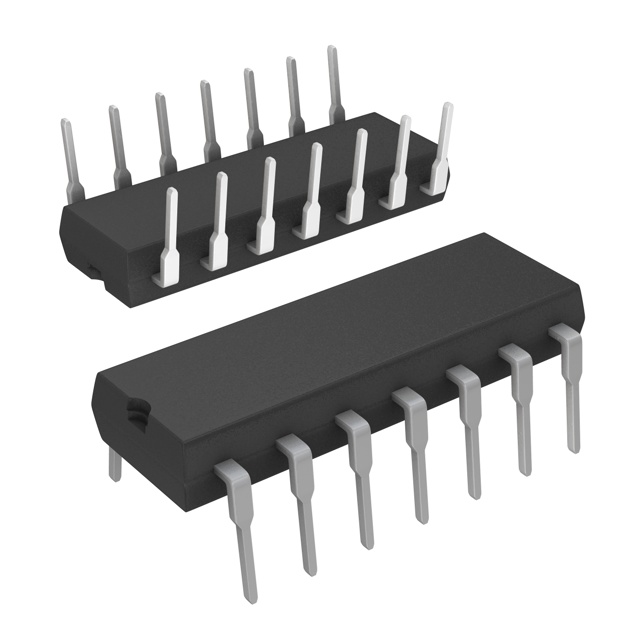
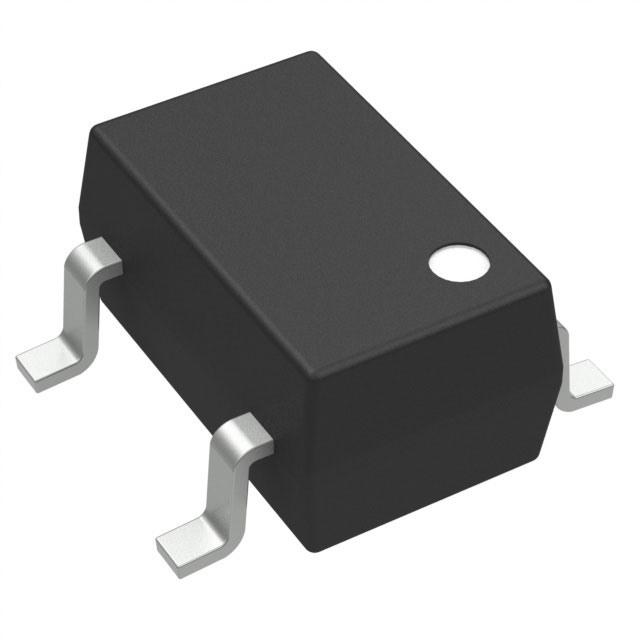
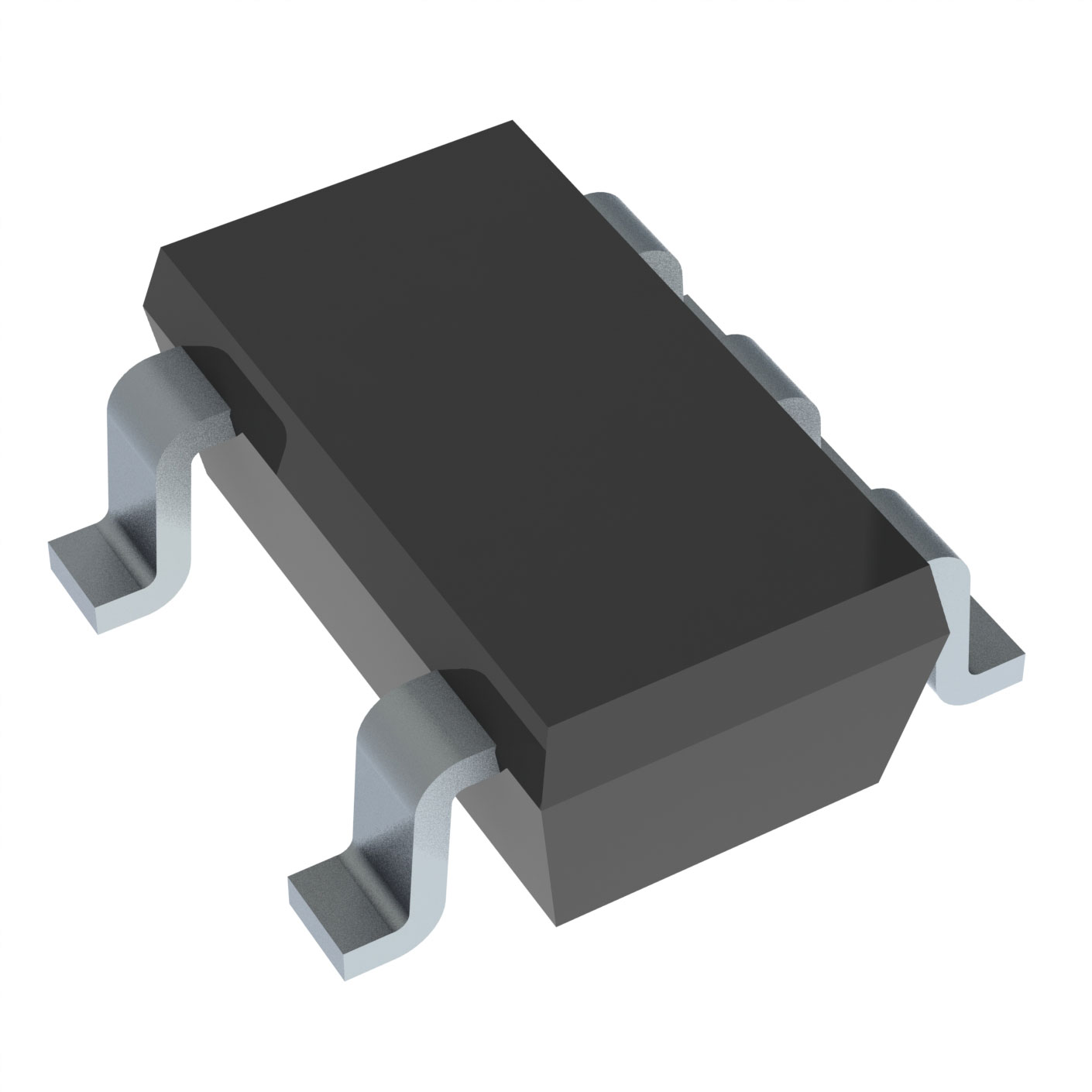
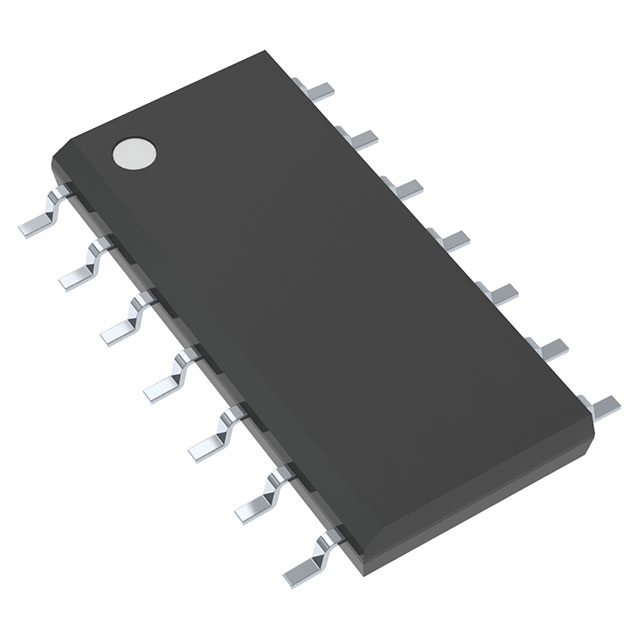
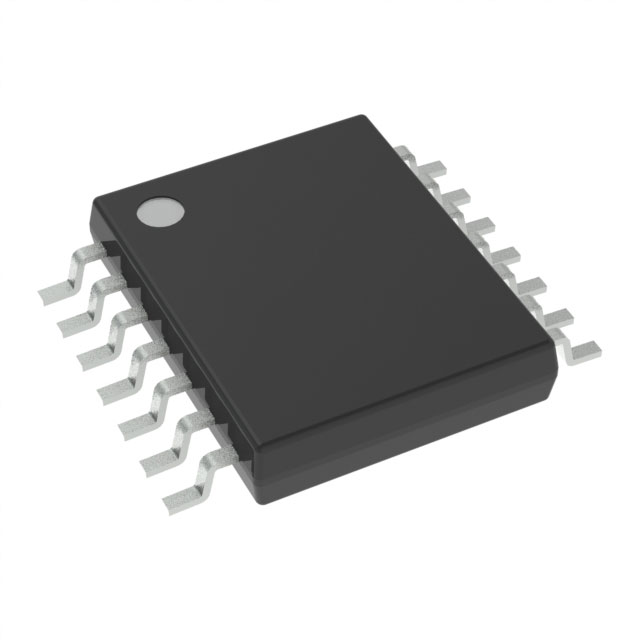

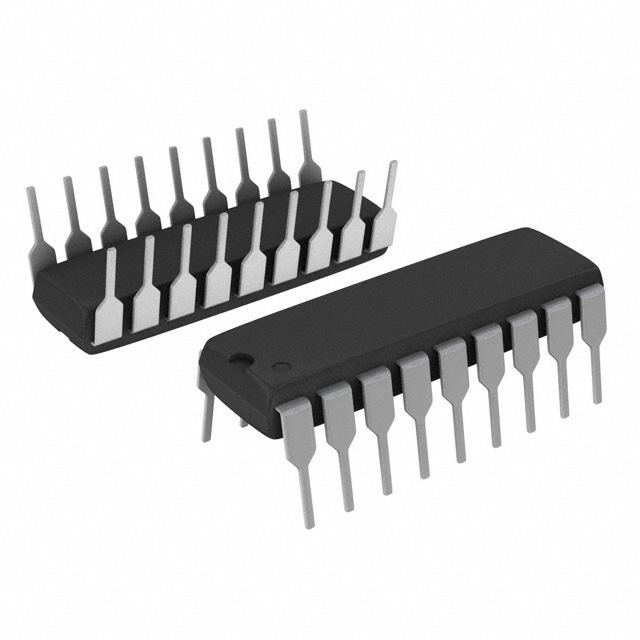
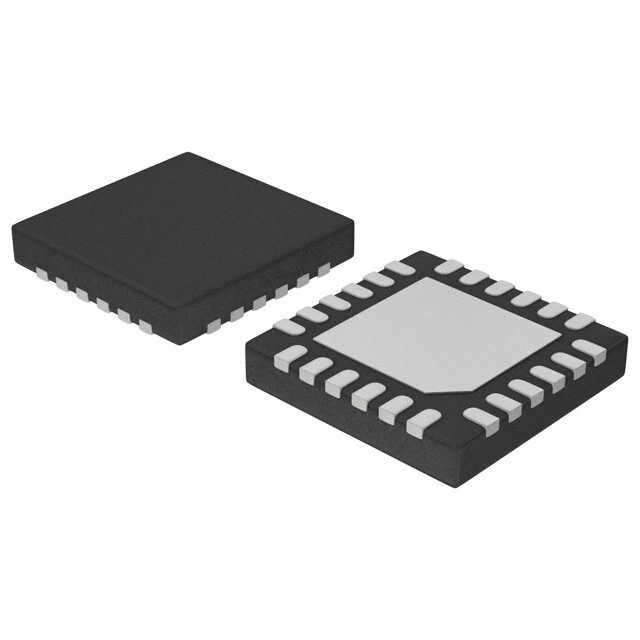
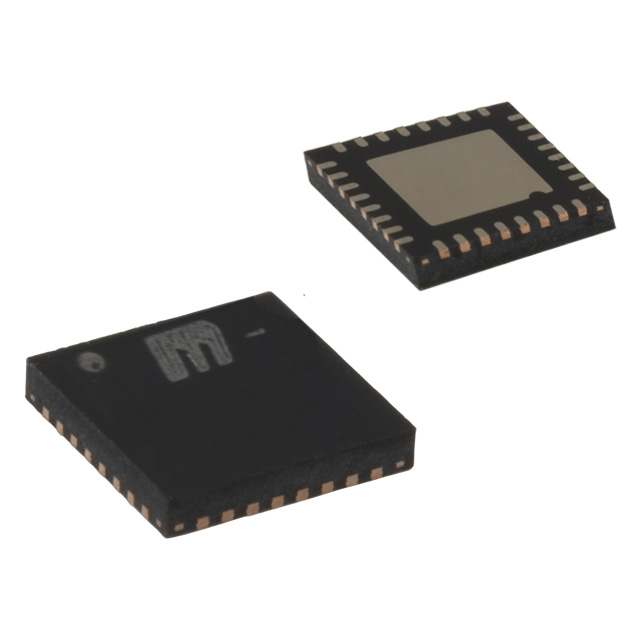
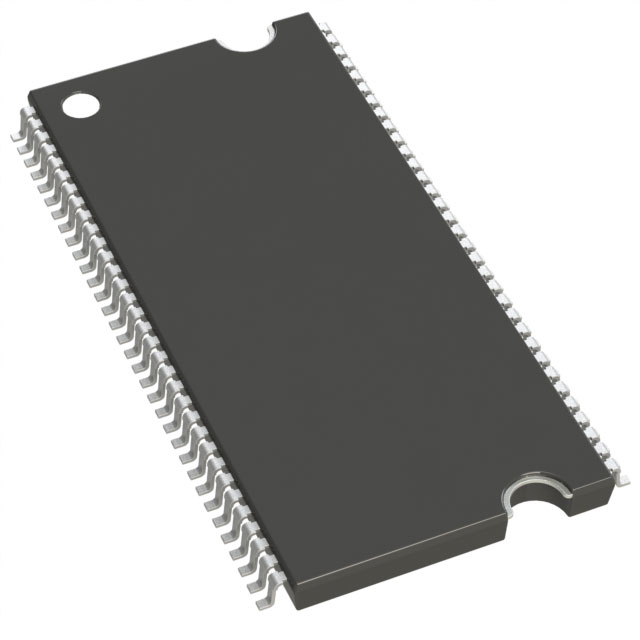
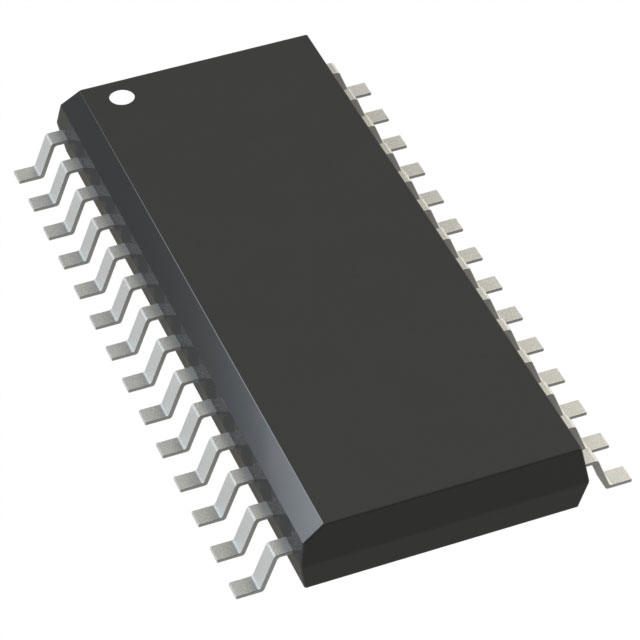
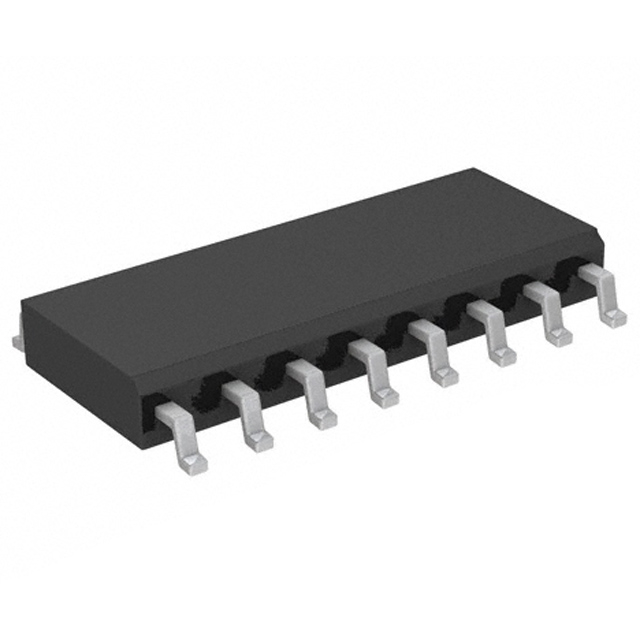






.png?x-oss-process=image/format,webp/resize,h_32)










